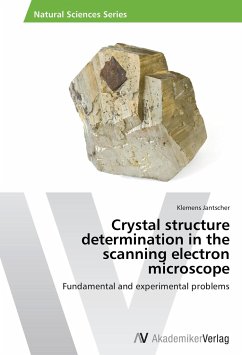Generally it is not sufficiently appreciated that electron microscopy is in fact a diffraction method. In essential aspects electron microscopes are more closely related to X-ray diffracto· meters than to light microscopes. In electron microscopes monochromatized radiation and coherent illumination (never used in light microscopy) correspond in X-ray diffractometers to the primary beam with a small divergence. Imaging ina general sense can take place in interference experiments between a primary beam and a scattered beam, or between diffe rent deflected scattered beams. This leads to the realization of an old dream in diffracto metry, namely to a general experimental solution of the "phase problem". The most im pressive analogy, however, concerns the potential of the electron microscope as a tool for structure determination (where the radiation wavelenght is smaller than the atomic distan ces). It was therefore considered timely to treat this topic in this series. It was a fortunate cioncidence that in 1976 a Workshop on "Unconventional Electron Microscope Methods for the Investigation of Molecular Structures" (sponsored by the European Molecular Biology Organisation, the Deutsche Forschungsgemeinschaft and the Max-Planck-Gesell schaft) took place, and that most speakers presenting introductory lectures agreed to publish their contributions in an expanded version in this volume. This volume is thus not a symposium report in the usual sense since it contains the majority of these introductory lectures only.








